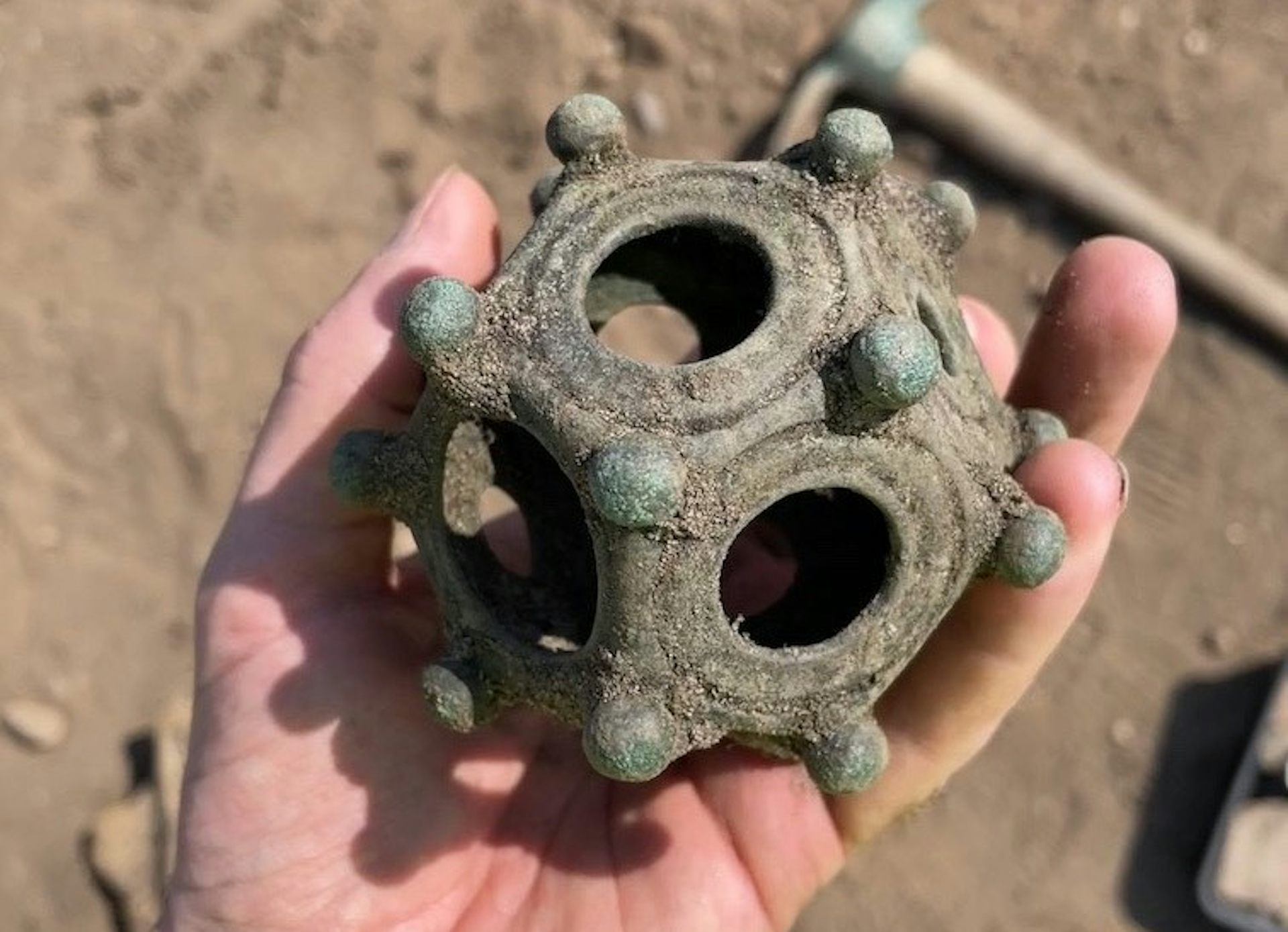
A year after all but ruling out the possibility, a pair of theoretical physicists from Japan and the Netherlands have found quantum entanglement has something fundamentally in common with the physics that drives steam engines.

The recent discovery of a Roman dodecahedron in Lincolnshire has prompted renewed fascination in these ancient mysterious objects.

Earth's magnetic field nearly collapsed some 590 million years ago, presumably putting life on the planet's surface at risk of a rise in cosmic radiation.

The University of Amsterdam created the black hole event horizon to study the behaviour of a black hole in an controlled environment.

Scientists have discovered a novel method to manipulate light waves, using nanophotonics, deforming the photonic crystal that contains them.

For the first time, researchers have simulated neurological junctions called synapses using the same water and salt ingredients the brain uses, contributing to an emerging field that combines biology with electronics called iontronics.

Surgeons in the United States have transplanted a modified pig kidney into a living person for the second time, a hospital said Wednesday, celebrating an advance in animal-to-human organ transplants.

Scientists for the first time captured the dance between proteins and fats as they would normally move in cells.

While natural diamonds take billions of years to form, lab-grown diamonds can be produced quickly and at a fraction of the cost.

Scientists have traced bioluminescence to its earliest known evolutionary origins: a class of corals called Octocorallia in the depths of the ocean in the Cambrian, some 540 million years ago.

An international team of researchers has succeeded in creating a special state of superconductivity. This discovery could advance the development of quantum computers.

Australian scientists used an advanced 3D printing technique to create a super strong, super lightweight new "metamaterial".

For the first time, scientists have managed to create sheets of gold only a single atom layer thick. The material has been termed goldene.

From the spiral arms of galaxies to microscopic snow crystals, nature seems to fall into fractal-like patterns that repeat in increasingly smaller increments.

Electronic wearables and sensors could one day be made from a material that toughens up as it gets hit or stretched, thanks to new research carried out by a team from the University of California, U.S